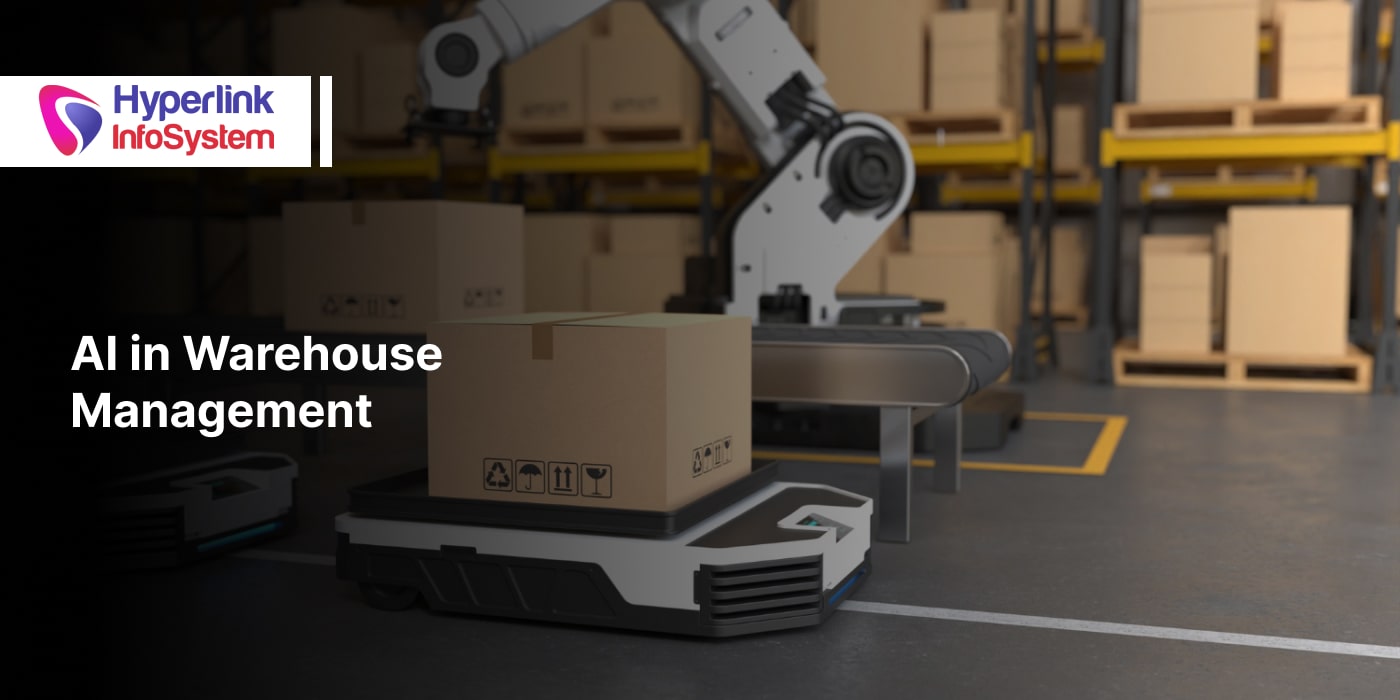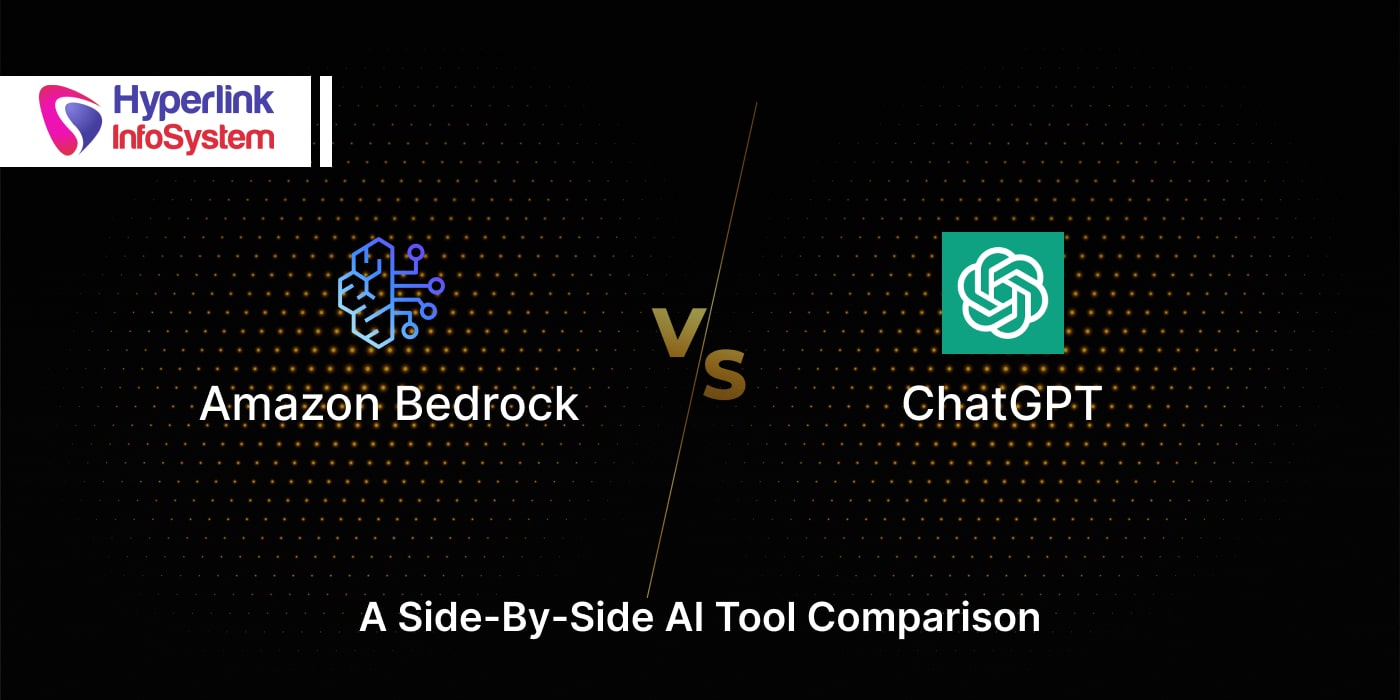Top Software Architecture Patterns in 2025
Feb 2024

Understanding the Software Design Process
- Planning: The delineation of project scope, temporal schedule, and resource allocation.
- Design: The conception of the software architecture and intricate design specifications.
- Implementation: The translation of design blueprints into executable code and the actualization of the software solution.
- Testing: The execution of an array of assessments to ascertain adherence to predefined quality benchmarks.
- Deployment: The seamless integration and release of the software into production environments.
- Maintenance: The provision of sustained support, periodic updates, and iterative refinements. Effective Software Design stands as a linchpin in custom software development undertakings, holding sway for manifold reasons:
- Alignment with Requirements: Prudent design methodologies ensure the congruence of the software solution with client stipulations and anticipations.
- Augmentation of Maintainability: Methodical design fosters ease in maintenance, augmentation, and extension of software functionalities across temporal epochs.
- Amplification of Scalability: Astute design schemas empower software systems to expand adeptly to accommodate augmented user volumes or novel features.
- Mitigation of Risks and Costs: Timely resolution of design quandaries during the embryonic stages of the SDLC serves to mitigate risks and abate overall project expenditures.
- Catalyzation of Collaboration: Concise and well-structured design artifacts engender an environment conducive to collaboration among project stakeholders and team members throughout the development continuum.
Exploring Common Software Architecture Patterns
1) Layered Architecture
- Characteristics: Layered Architecture orchestrates software components into distinct layers, such as presentation, business logic, and data access, each endowed with discrete responsibilities.
- Advantages: This paradigm fosters a segregation of concerns, and modularization, and facilitates ease of maintenance. Layered Architecture finds its niche in conventional web applications and sprawling enterprise systems, where a lucid demarcation of responsibilities is indispensable.
2) Client-Server Architecture
- Characteristics: Client-server architecture partitions the application into discrete client-side and server-side constituents, wherein clients solicit resources or services from servers.
- Advantages: This model bolsters scalability, centralizes the business logic, and extends support for an array of client types, encompassing web and mobile platforms. Ubiquitous in the realms of web and mobile applications, where clients engage with centralized servers to procure data or services.
3) Microservices Architecture
- Characteristics: Microservices Architecture dismantles the application into autonomously deployable services, loosely coupled and tasked with discrete business functionalities.
- Advantages: It engenders scalability, and agility, and expedites the development and deployment of software components. Microservices Architecture thrives in sprawling, intricate systems besieged with evolving requirements, such as sprawling e-commerce platforms or cloud-native applications.
4) Model-View-Controller (MVC) Architecture
- Characteristics: MVC Architecture disentangles the application into three interlinked components: the Model (housing data), the View (rendering presentation), and the Controller (encompassing business logic).
- Advantages: This paradigm champions code reuse and maintainability, and fosters a segregation of concerns amid diverse facets of the application. MVC Architecture stands as a stalwart in web applications and frameworks like Ruby on Rails and ASP.NET MVC, where clarity and maintainability are paramount.
5) Event-Driven Architecture
- Characteristics: Event-driven architecture underscores communication among software components through events, thereby eliciting asynchronous reactions from components.
- Advantages: This model fosters loose coupling, scalability, and expeditious real-time processing of events. Event-driven architecture finds resonance in event-centric applications, real-time analytics, and systems grappling with voluminous asynchronous events.
How to Hire Custom Software Developers?
1) Evaluate Technical Expertise
- Assess developers' comprehensive understanding of software architecture patterns and their practical application in diverse project scenarios.
- Scrutinize their proficiency in pertinent programming languages, frameworks, and tools prevalent in the landscape of custom software development.
2) Review Past Projects
- Delve into developers' portfolios and prior engagements to discern their familiarity with architecture patterns and their efficacy in real-world implementations.
- Seek evidence of successful execution of architecture patterns and their consequential impact on project deliverables and outcomes.
3) Communication and Collaboration Skills
- Opt for developers who demonstrate prowess in communication and collaboration, pivotal for effective interaction with stakeholders and interdisciplinary teams.
4) Continuous Learning and Adaptability
- Favor developers evincing a steadfast commitment to perpetual learning and abreastness with contemporary software development trends and innovations in software architecture.
- Evaluate their adaptability and readiness to assimilate novel technologies and methodologies, pivotal for steering project triumphs amidst dynamic landscapes.
Conclusion
Latest Blogs

Is BlockChain Technology Worth The H ...
Unfolds The Revolutionary & Versatility Of Blockchain Technology ...


IoT Technology - A Future In Making ...
Everything You Need To Know About IoT Technology ...

Feel Free to Contact Us!
We would be happy to hear from you, please fill in the form below or mail us your requirements on info@hyperlinkinfosystem.com
Hyperlink InfoSystem Bring Transformation For Global Businesses
Starting from listening to your business problems to delivering accurate solutions; we make sure to follow industry-specific standards and combine them with our technical knowledge, development expertise, and extensive research.
4500+
Apps Developed
1200+
Developers
2200+
Websites Designed
140+
Games Developed
120+
AI & IoT Solutions
2700+
Happy Clients
120+
Salesforce Solutions

40+
Data Science


















